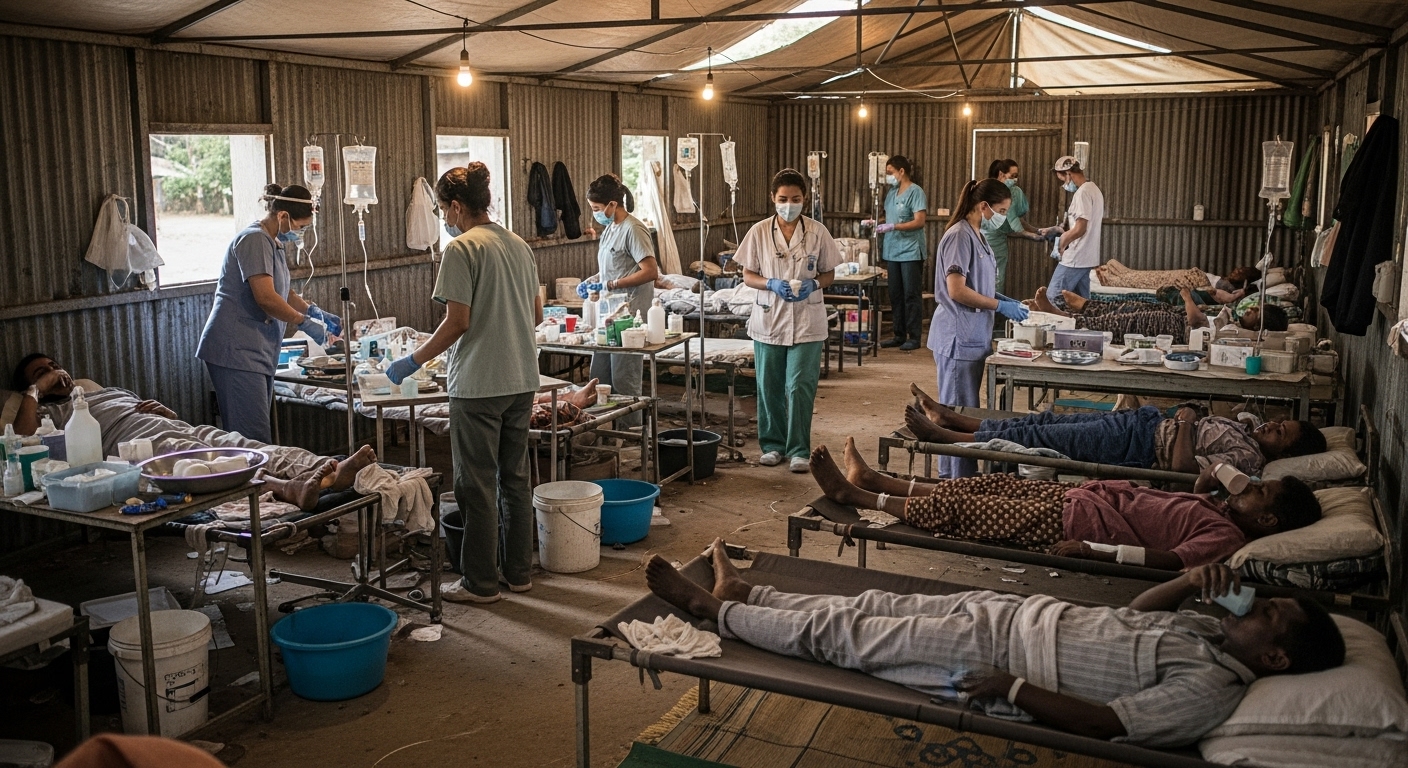Dr. Kumar’s Take:
Before oral rehydration therapy was introduced, acute diarrheal disease killed millions each year—mostly infants and children. This WHO surveillance review quantified that burden and made the case for a global rehydration strategy. ORT didn’t just save lives—it reshaped the map of child mortality.
Key Takeaways:
✔ Acute diarrheal disease was once among the top three causes of global mortality.
✔ Children under five accounted for the vast majority of deaths.
✔ The introduction of ORT led to a rapid and sustained drop in global mortality.
✔ Surveillance data guided both WHO policy and ORT distribution programs.
Brief Summary:
- Question: How large was the global problem of acute diarrheal disease before and after ORT?
- Population: Global surveillance data from 45 countries.
- Design: Review of active surveillance systems and hospital records.
- Outcomes: Incidence, hospitalization, and case fatality rates.
- Period: Mid-20th century through early 1980s, before large-scale ORT rollout.
- Impact: Established diarrhea as a major preventable cause of childhood death.
Study Design:
✔ Type: Epidemiologic review
✔ Measurements: Case fatality, incidence rates, hospital admissions, regional trends
✔ Analysis: Aggregation of global data with focus on developing countries
✔ Setting and timeframe: International surveillance networks, 1950s–1980s
Results:
- Estimated 4–5 billion diarrheal cases occurred globally per year during surveillance periods.
- Mortality exceeded 4 million deaths annually, mostly in children under five.
- Incidence highest in South Asia and Sub-Saharan Africa.
- After ORT programs began, deaths declined by more than 80%.
- Countries with early ORT adoption saw the fastest declines in case fatality.
How It Works (Biological Rationale):
- ORT converts a fatal fluid loss syndrome into a manageable condition.
- Sodium glucose cotransport allows absorption even when secretory diarrhea persists.
- Population-wide access to ORS reduces severe dehydration and hospitalization rates.
- Surveillance data proved that prevention was less about new drugs—and more about physiology applied at scale.
Related Studies and Research
Oral Maintenance Therapy for Cholera in Adults (1968 Lancet) – Early evidence that oral therapy could sustain hydration.
Oral Fluid Therapy among Bangladesh Refugees (WHO Study) – Demonstrated success in high-incidence settings.
Status of ORT in Bangladesh: How Widely Is It Used? – Assessed nationwide implementation in a country once at the epicenter of diarrheal mortality.
Fifty Years of Oral Rehydration Therapy: The Solution Is Still Simple – Reflects on how this surveillance data inspired global policy change.
Podcast: The Simple Drink That Saved Millions: The Story of Oral Rehydration Solution
Frequently Asked Questions:
How did this data influence WHO policy?
It quantified the scale of preventable deaths, convincing global health leaders that oral rehydration could be the universal intervention for diarrheal disease.
Why were children affected most severely?
Children have smaller total body water and less physiological reserve, making dehydration fatal much faster.
What does the data show today?
While cases remain high, mortality has fallen by over 90%, thanks largely to widespread ORT adoption and improved sanitation.
Conclusion:
Surveillance turned statistics into action. By revealing the staggering toll of diarrheal disease, this study catalyzed the global movement for oral rehydration therapy—proving that a simple, science-based solution could change the course of child survival.


